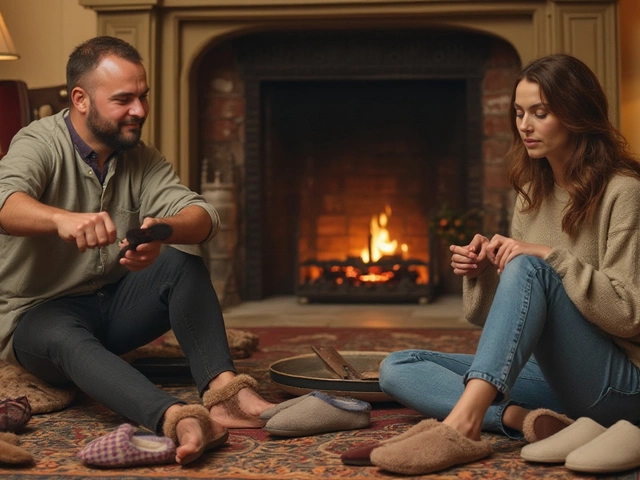Jeans Fit Guide: Find Your Perfect Denim Shape
Ever bought a pair of jeans that looked great on the rack but felt off on you? You’re not alone. The secret to confidence in denim is a fit that matches your body, not the other way around. Below you’ll get clear steps to spot the right cut, measure yourself, and tweak the waist or leg if needed.
Understand Your Body Shape
First, figure out which silhouette you have. Most people fall into one of three groups: straight, hourglass, or apple. Straight bodies benefit from slim or straight-leg cuts that add a little curve without bulk. Hourglass shapes shine in mid‑rise, skinny or tapered jeans that highlight the waist. Apple‑shaped folks usually feel best in low‑rise, relaxed‑fit or boot‑cut styles that balance the torso and hips.
Take a quick selfie in your favorite pair and notice where the denim pinches or sags. If the fabric pulls at the hips, the waist is too small. If it hangs loose around the thighs, the leg is too wide. These visual clues tell you which area to focus on when you shop.
Practical Tips to Adjust Your Jeans
Measure your waist and inseam before you head out. Use a flexible tape measure, wrap it around the narrowest part of your waist, then down the inside of your leg to the ankle. Write the numbers down and compare them to the brand’s size chart – never rely on the label alone.
If you already own a pair that’s close but not perfect, a few simple fixes can save you a trip to the tailor. For a loose waist, try a belt or add a small elastic band inside the waistband. You can also use a sewing kit to stitch a tiny dart at the back of the waist for a snugger fit.
When the leg is too baggy, a quick hem works wonders. Fold the excess fabric up to the desired length, press it flat, and stitch a straight seam. If the hem is uneven, a small piece of elastic at the cuff can keep the leg tight without altering the original cut.
Don’t forget the rise – the distance from crotch to waistband. If high-rise jeans are uncomfortable, a simple alteration can lower the rise by trimming a bit of fabric at the front and resewing. This trick turns a stiff pair into a breezy, everyday favorite.
Finally, test the stretch. Pull the fabric gently from the thigh to the waist; a good pair should give a little but not feel like rubber. Stretchy denim is designed to move with you, while stiff denim can cause chafing after a short walk.
When you shop, bring the measurements you took and try on the jeans while standing, not just sitting. Walk around, sit down, and squat a bit – the fit should stay consistent in every position.
By understanding your shape, measuring accurately, and making minor adjustments, you’ll turn any pair of jeans into a well‑fitting staple. No more endless returns, just denim that looks and feels right every time you put it on.

Most Comfortable Jeans Fit: Finding Your Perfect Match
Diving into the world of jeans, this article explores which fit offers the ultimate comfort. Understand the differences between popular styles like straight, skinny, and relaxed, and learn how fabric, stretch, and body type play a role. Tips for selecting the right jeans provide practical guidance for anyone seeking both style and comfort. With comfort as the focal point, discover your ideal denim match.




